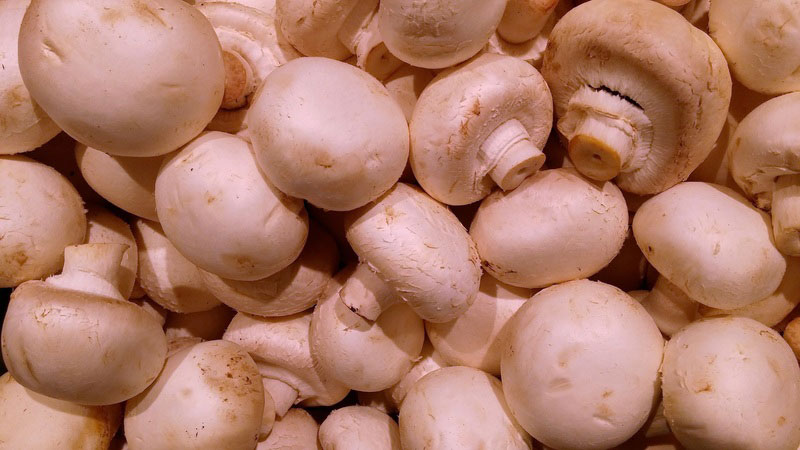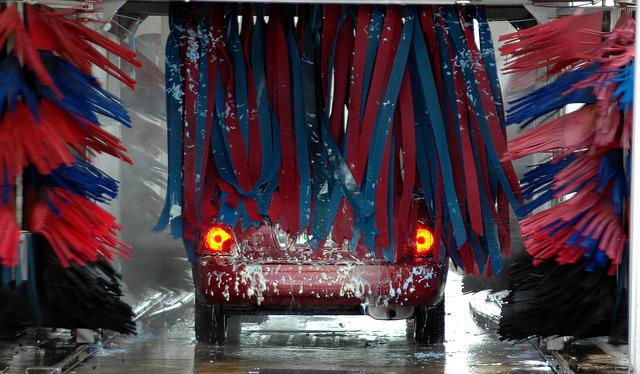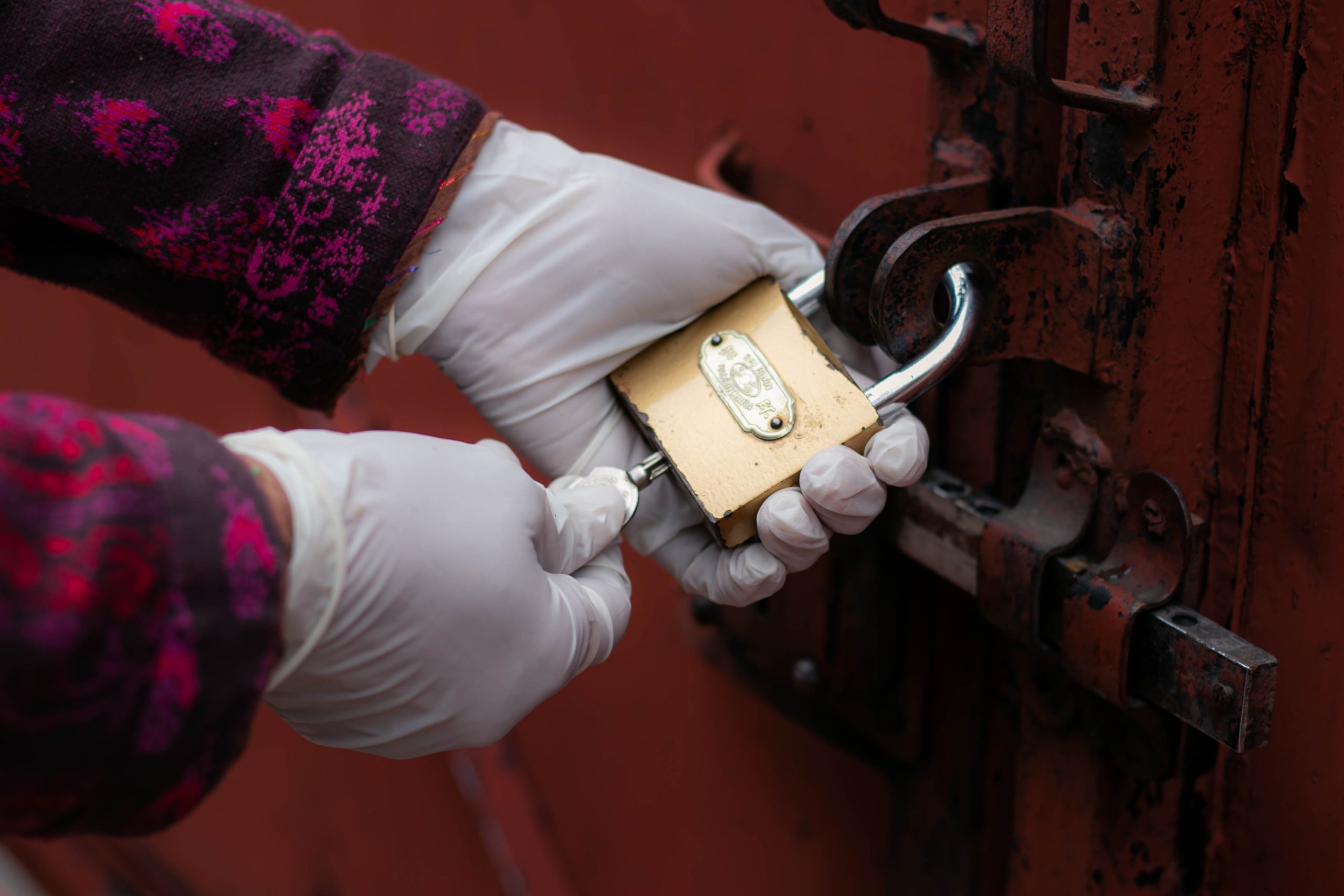Mushroom contains protein, folic acid, vitamins and iron in vast quantities. That’s why it has become highly suitable for diabetes and heart patients. Mushroom farming has been practising for more than 200 years. But people started its commercial cultivation in recent years in India. Uttar Pradesh, Haryana, Himachal Pradesh, Rajasthan and J & K are the primary producers of mushrooms. It is straightforward to grow, so anyone can grow it, including housewives, retired people, etc. Also, the place requirement for mushroom farming is low. Cultivating the Dhingri mushroom is a more straightforward process and needs low investment. That’s why its cultivation is going popular day by day in Rajasthan.
Soil for Mushroom Farming
The well-ventilated sheds, basements, rooms, garages etc., are perfect for growing mushrooms. But we can grow paddy straw mushrooms outside in shady places. Moreover, we only have to prepare straws in the field by using good quality machines like Powertrac Euro 47 and others.
Popular Varieties
Only three varieties of mushrooms are grown in India.
Button Mushroom
It is one of the popular mushroom varieties, which is famous worldwide. We can grow it throughout the year, and it is highly proteinaceous. Therefore, people can consume it fresh or canned. Himachal Pradesh, Uttar Pradesh, Maharashtra, Punjab, Haryana, Tamil Nadu, Andhra Pradesh and Karnataka are the major button mushroom growing states in India. Moreover, November to March is the perfect time for growing button mushrooms in Uttar Pradesh. We can produce it at a temperature of 22 to 25℃, and for the productive time, it needs a temperature of 14 to 18℃.
Straw Mushroom
Straw mushroom is the third-largest variety, famous worldwide. Farmers can grow it on a mixture of cotton waste and a small amount of straw. This variety has a small cone shape dark brown cap and is small. Moreover, the three species of this crop are V. Diplasia, V. Volvacea and V. Esculenta. These species are most famous among Indian farmers. Also, it is known as “Paddy” or “Chinese” mushroom. And you can grow it in both tropical as well as subtropical regions. Moreover, you can grow it at a temperature of 35℃. Farmers can cultivate it from April to September for better outcomes.
Oyster Mushroom or Dhingri Mushroom
It is an edible and common mushroom variety and has tender flesh and velvety texture. Also, it is rich in protein, fibre, vitamin B1 to B12, etc. Orissa, Andhra Pradesh, Karnataka, Maharashtra, Madhya Pradesh and West Bengal are the significant producers of oyster mushrooms, along with most of the North-Eastern hill states. Farmers can grow it from October to March for better results. Also, it can survive in a moderate temperature range of 20 to 30℃ with 80-85% of humidity.
Cultivation Technology
This technology will show you step by step processes.
Spawn/Mushroom Seeds Preparation
You can buy them from the market or prepare them on the farm. And the best thing is when you use freshly prepared grain spawn. Also, we can use good quality machines like Powertrac Euro 50 and others to make it better.
Substrate Preparation
One can cultivate the mushroom in cellulosic farm waste. Also, it grows in other materials, including waste paper, cereals, straws, cotton waste, etc. However, paddy straw and wheat straw are the most common materials for the preparation of the substrate.
Oyster Growing in Polythene Bag
- Prepare a mixture by adding Carbendazim@7 gm and Formaline @ 125 ml in 100 Ltr water.
- Now add 20 kg of wheat straw and keep it for around 18 to 19 hours.
- Next, remove wheat straw and water by keeping it on a netted surface.
- Then, mix 2% spawn in wheat straw and fill it in 15 x 12-inch polybags.
- And fill it in polybags about 2/3rd of the capacity and tie up the polybags’ mouth.
- Finally, make 4 cm apart holes for air circulation purposes. Then place them on shelves in the rooms, keeping the 80 to 85% humidity. The room temperature must be 24 to 26°C.
- The white cottony mycelium is developed on straw. The straw turns into brown colour and becomes compact and sound.
- Now you should cut and remove the polythene.
- Finally, maintain the moisture in the straw by spreading water on it.
Plant Protection
Brown spots, fungus or Verticillium disease: Spray of Indofil M-45 @ 0.25-0.5% three times is good.
White fungus Mycogone disease: Spray of Indofil M-45 is good to prevent it.
Green fungus: Make compost or casing bacteria-free to prevent it.
Truffle: You can treat it by providing an 18°C temperature at the spawn development stage.
White Plaster mould: Spray with Formalin @ 2% to treat it.
Bacterial blotch: Apply Sodium hypochlorite at 150 ppm to treat it.
Nematodes: Add Furadan @120 gm (per 300 gm) at the time of compost.
Harvesting
You can see the first mushroom after 18 to 20 days of spawning. And 2 to 3 flushes will appear at an interval of a week. Moreover, harvest the mushrooms when caps start to fold. And you can use a sharp knife or twist them with your fingers to harvest them. Finally, we can consume them fresh or dry them with mechanical dryers. In addition, we can get about 500 Kg of mushrooms from one ton of straw within 45 to 60 days.





